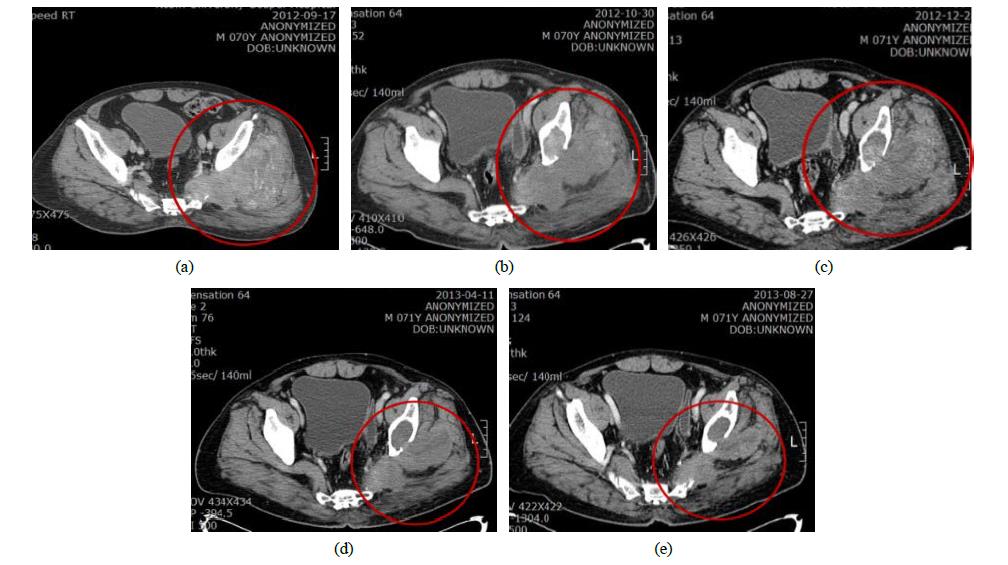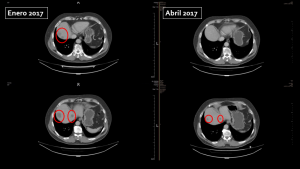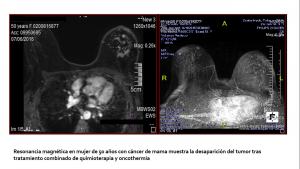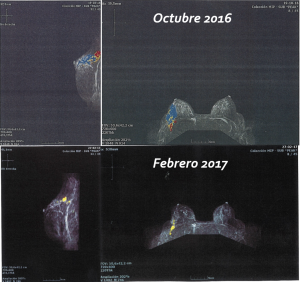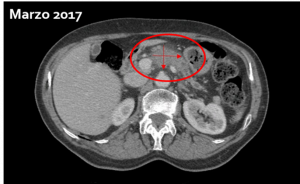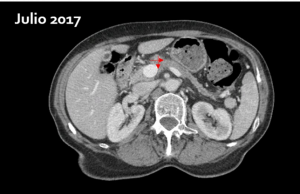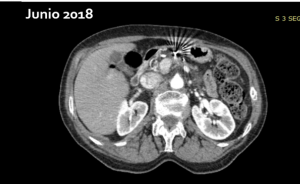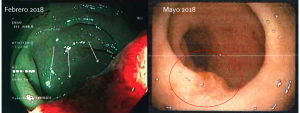Skin Cancer Treated with Oncothermia and Intravenous Vitamin C
The following is a case report of a 75 year old male patient. The diagnosis is skin cancer. He was treated with oncothermia, combined with intravenous Vitamin C nutrition.
Diagnosis
In April 2019, the patient presented with skin cancer. In particular, a basal cell carcinoma on the left wing of the nose.
Basal cell carcinoma is the most common type of this cancer. It presents in the form of an ulcer with non-healing scabs that progressively increases in size. Treatment consists of surgical resection, leaving the margins free to avoid recurrence.
At the Oncothermia Unit in Barcelona we carry out coadjuvant treatment for these medical cases.
Treatment
Oncothermia and intravenous Vitamin C nutrition are recommended to reduce tumour volume.
Accordingly, she undergoes 15 60-minute Oncothermia sessions, with a frequency of 2 sessions per week, together with intravenous Vitamin C nutrition.
Result:
After completing the treatment the basal cell carcinoma disappeared completely.
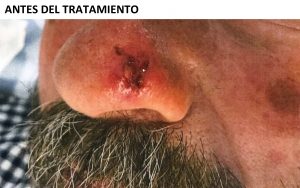
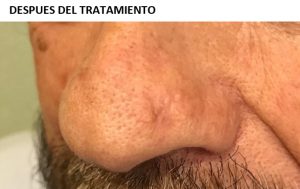
If you wish, you can find more information about cancer treated with Oncotermia on our website, you can consult this link.

